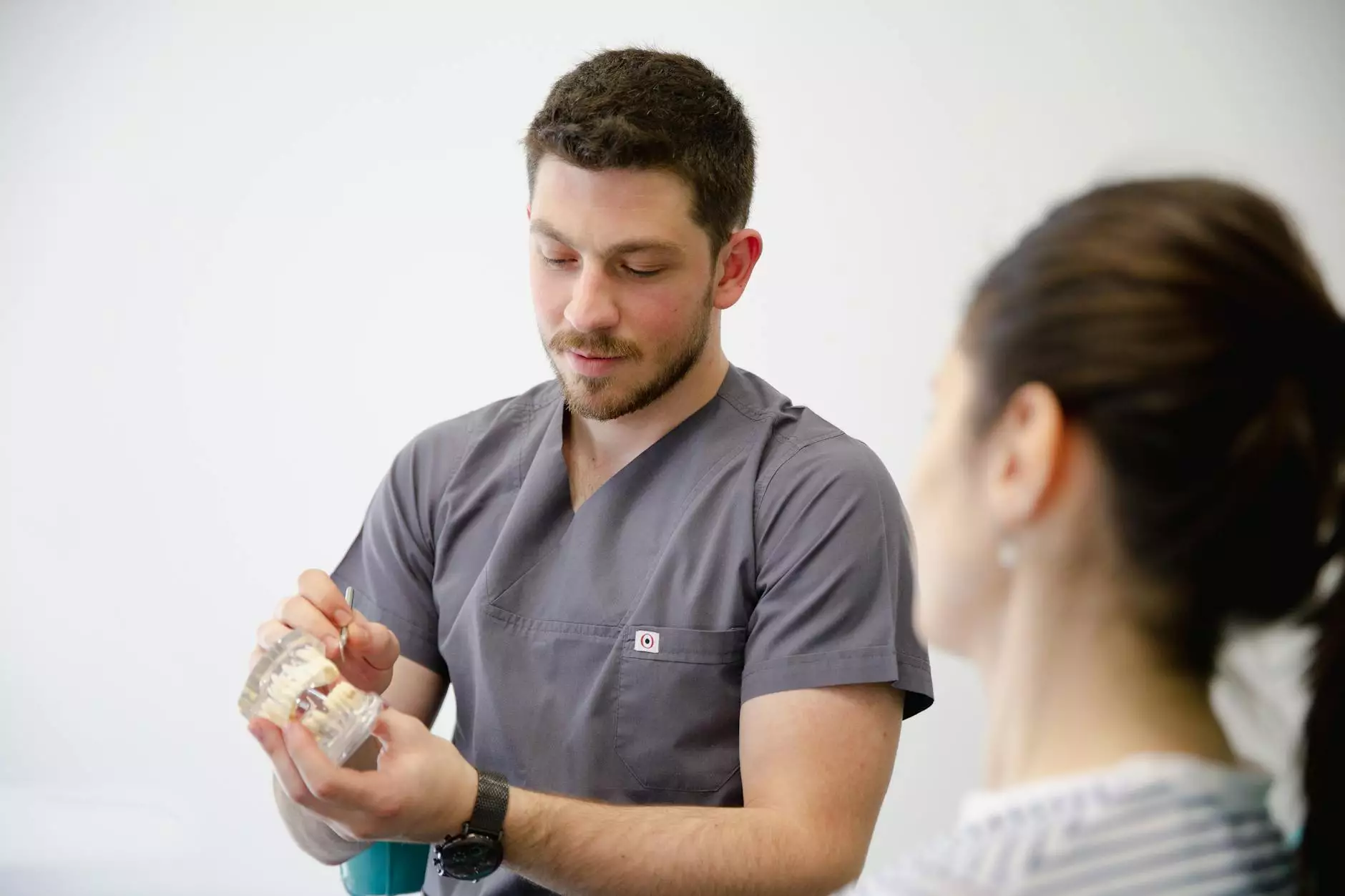Understanding Venous Thrombosis Symptoms: A Complete Guide

Venous thrombosis is a serious medical condition that arises when a blood clot forms in a vein, typically in the legs. This condition can lead to various complications if not diagnosed and treated promptly. Recognizing the symptoms of venous thrombosis is crucial for early intervention and effective management. In this comprehensive article, we will delve deep into the symptomatology, causes, diagnosis, and treatment options available for venous thrombosis.
What is Venous Thrombosis?
Venous thrombosis refers to the formation of a blood clot (thrombus) within a venous system, most commonly in the deep veins of the legs. While it can affect superficial veins, deep vein thrombosis (DVT) poses a higher risk of serious complications, including pulmonary embolism, where the clot dislodges and travels to the lungs.
Recognizing the Symptoms of Venous Thrombosis
Awareness of the symptoms associated with venous thrombosis is essential for individuals at risk. Below are the primary symptoms to look for:
- Swelling: One of the most common symptoms, swelling usually occurs in only one leg.
- Pain or tenderness: Often described as a cramping sensation, this pain typically starts in the calf.
- Red or discolored skin: The affected area may appear red or develop a bluish tint.
- Warmth: The skin over the affected area might feel warm to the touch.
- Enlarged veins: Superficial veins near the surface of the skin may become more visible or engorged.
- Leg fatigue: Affected individuals may experience a feeling of heaviness or fatigue in the leg.
If you notice any combination of these symptoms, it is crucial to seek medical attention immediately. Early diagnosis is key to preventing serious complications.
Risk Factors for Developing Venous Thrombosis
Several factors can increase the likelihood of developing venous thrombosis. These include:
- Prolonged immobility: Situations such as long plane or car rides can lead to reduced blood flow.
- Recent surgery: Particularly surgeries involving the hips, knees, or abdomen.
- Age: Individuals over 60 are at a heightened risk.
- Obesity: Excess weight places additional pressure on the veins.
- Family history: A family history of venous thrombosis increases an individual's risk.
- Hormonal therapy: Estrogen-based therapies can elevate the risk of clot formation.
How is Venous Thrombosis Diagnosed?
Diagnosing venous thrombosis involves a combination of physical examinations and imaging tests. Medical professionals may utilize:
- Ultrasound: This is the most common and effective method for detecting blood clots in veins.
- D-dimer test: Measures levels of a substance in the blood that indicates the presence of a clot.
- Venography: An X-ray procedure where a contrast dye is injected into a large vein to visualize clots.
A comprehensive evaluation by a healthcare professional is essential for an accurate diagnosis and subsequent treatment plan.
Treatment Options for Venous Thrombosis
Effective treatment for venous thrombosis is critical to prevent complications such as pulmonary embolism. Treatment typically includes:
- Anticoagulants: These medications thin the blood and prevent further clot formation. Common anticoagulants include heparin and warfarin.
- Thrombolytics: In cases of severe clots, thrombolytic therapy may be used to break down the clot rapidly.
- Compression stockings: These help reduce swelling and encourage blood flow in the affected leg.
- Surgery: In rare instances of severe thrombosis, surgical intervention may be necessary to remove the clot.
Preventing Venous Thrombosis
Prevention plays a crucial role, especially for those at risk of venous thrombosis. Here are several preventative measures:
- Stay active: Regular physical activity promotes healthy blood circulation.
- Leg exercises: During long periods of immobility, like travel, perform leg exercises to stimulate blood flow.
- Maintain a healthy weight: Weight management reduces pressure on the veins.
- Hydrate: Staying hydrated can help thin the blood and facilitate circulation.
- Avoid smoking: Smoking is a significant risk factor for venous thrombosis and should be avoided.
Finding a Specialist
When experiencing symptoms of venous thrombosis or if at high risk, consulting a specialist is essential. At Truffles Vein Specialists, expert vascular physicians are equipped to provide comprehensive evaluations and tailored treatment plans.
Conclusion
In conclusion, understanding venous thrombosis symptoms is vital for early diagnosis and treatment. By recognizing the signs and risk factors and seeking timely medical care, individuals can greatly reduce the risk of complications associated with this condition. Whether through lifestyle changes or seeking specialist care, proactive measures can facilitate better vascular health.
Do not ignore the signs. If you or someone you know is experiencing symptoms consistent with venous thrombosis, contact a healthcare provider immediately.









